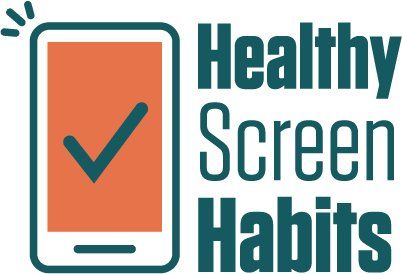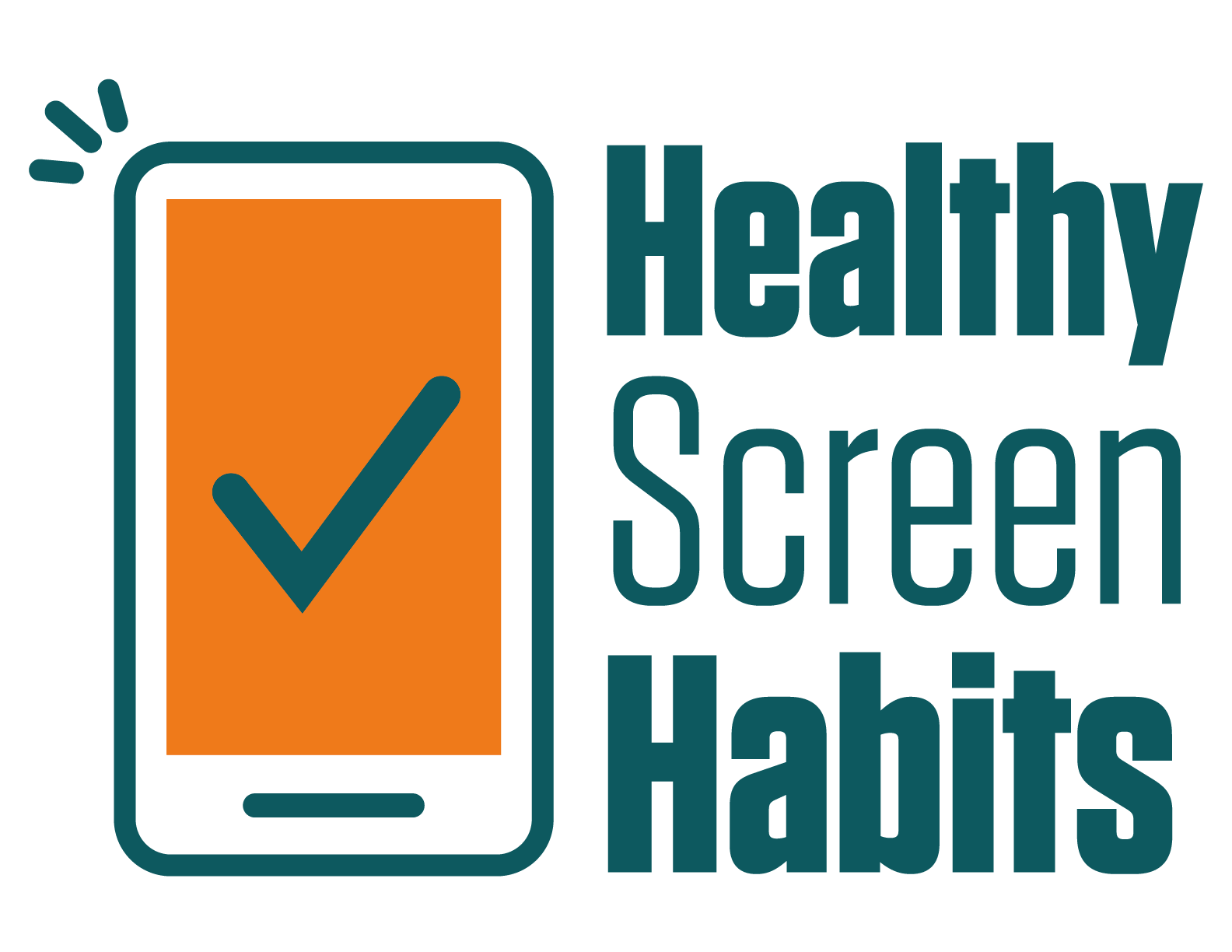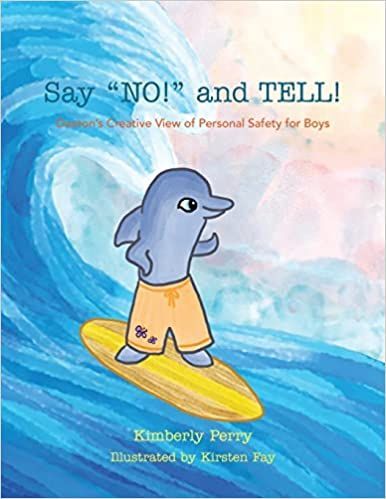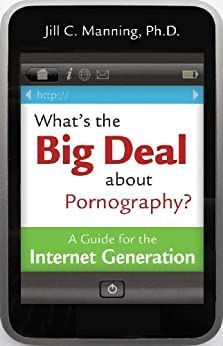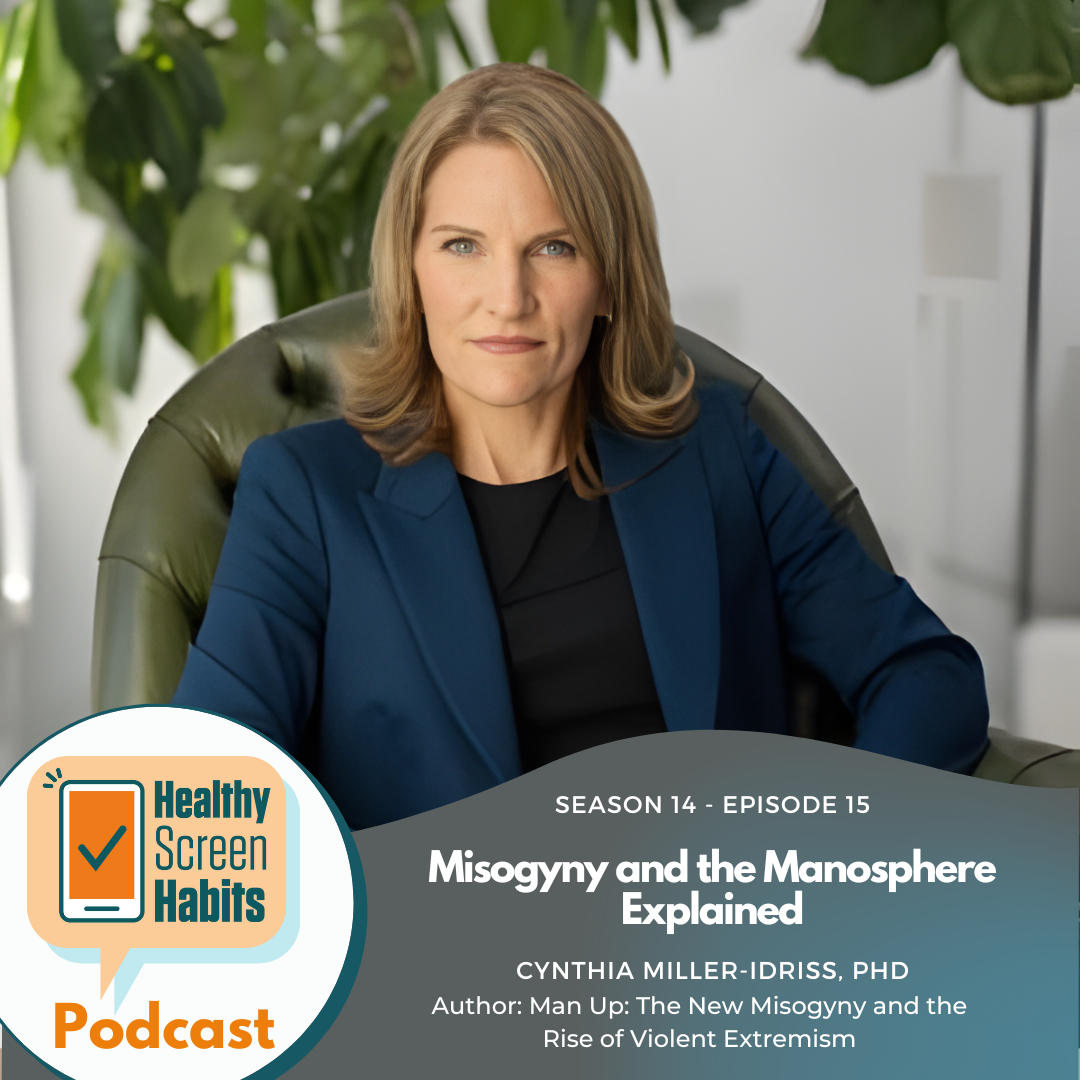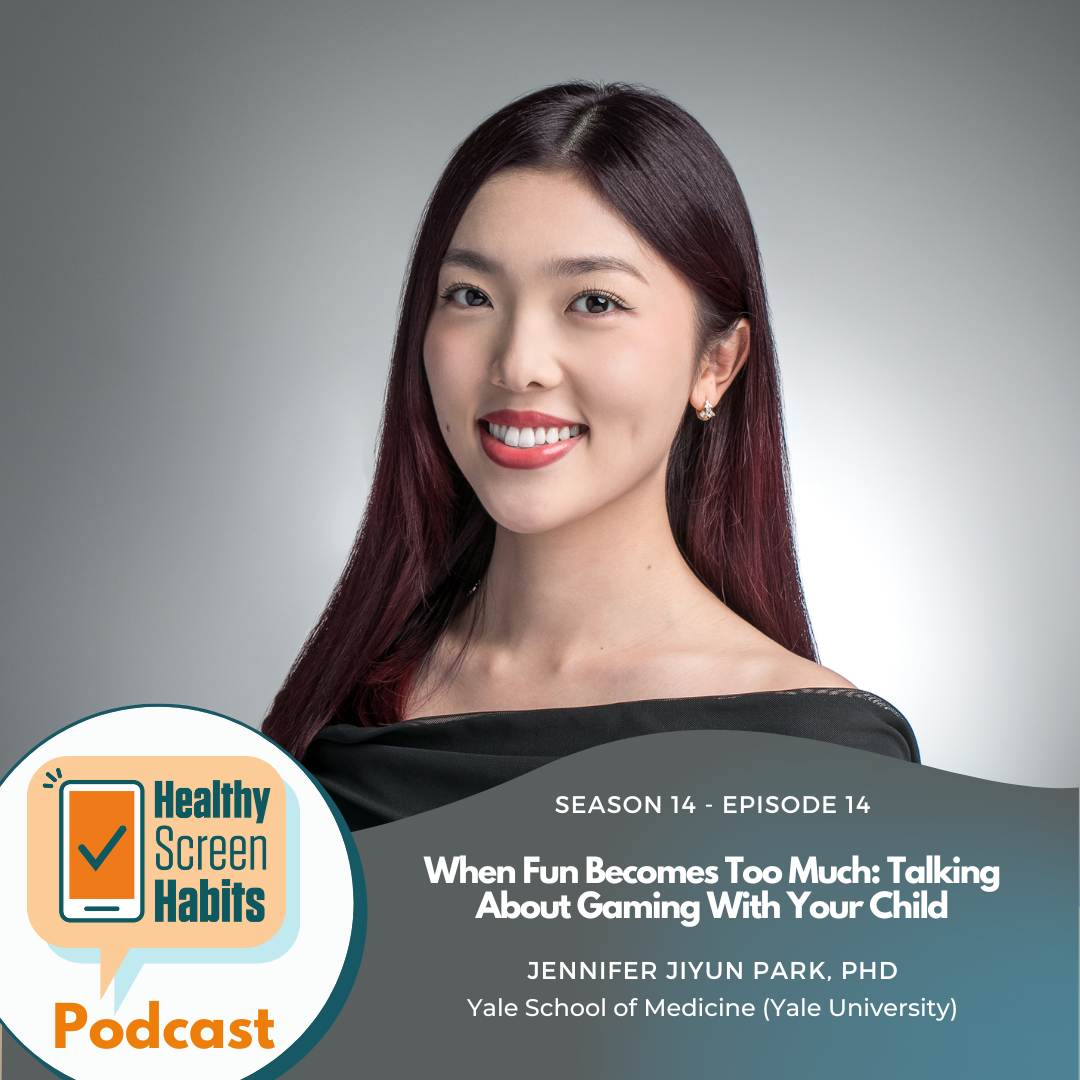S7 Episode 3: Standing Guard Against Grooming and Online Sexual Predators // Kimberley Perry, MAT
Hosted by Hillary Wilkinson
“Healthy screen habits and personal safety intersect because when a child or teenager sees pornography, that is a form of child sexual abuse and can be traumatizing.”
- Kimberly Perry, MAT
Teaching body boundaries and online safety is what We Stand Guard does best.
We Stand Guard is a training program designed to educate everyone about preventing child sexual abuse and exploitation in all its forms, whether that be physical or non-physical contact abuse.
Kimberly Perry is the brains behind the program. Author and elementary school educator, with over 15 years experience working with children across the country, Kimberly has a master of arts and teaching and has taught boundaries and personal safety to over 1000 elementary school students.
In this episode she teaches us about body boundaries and online safety for kids.
Healthy Screen Habits Takeaway
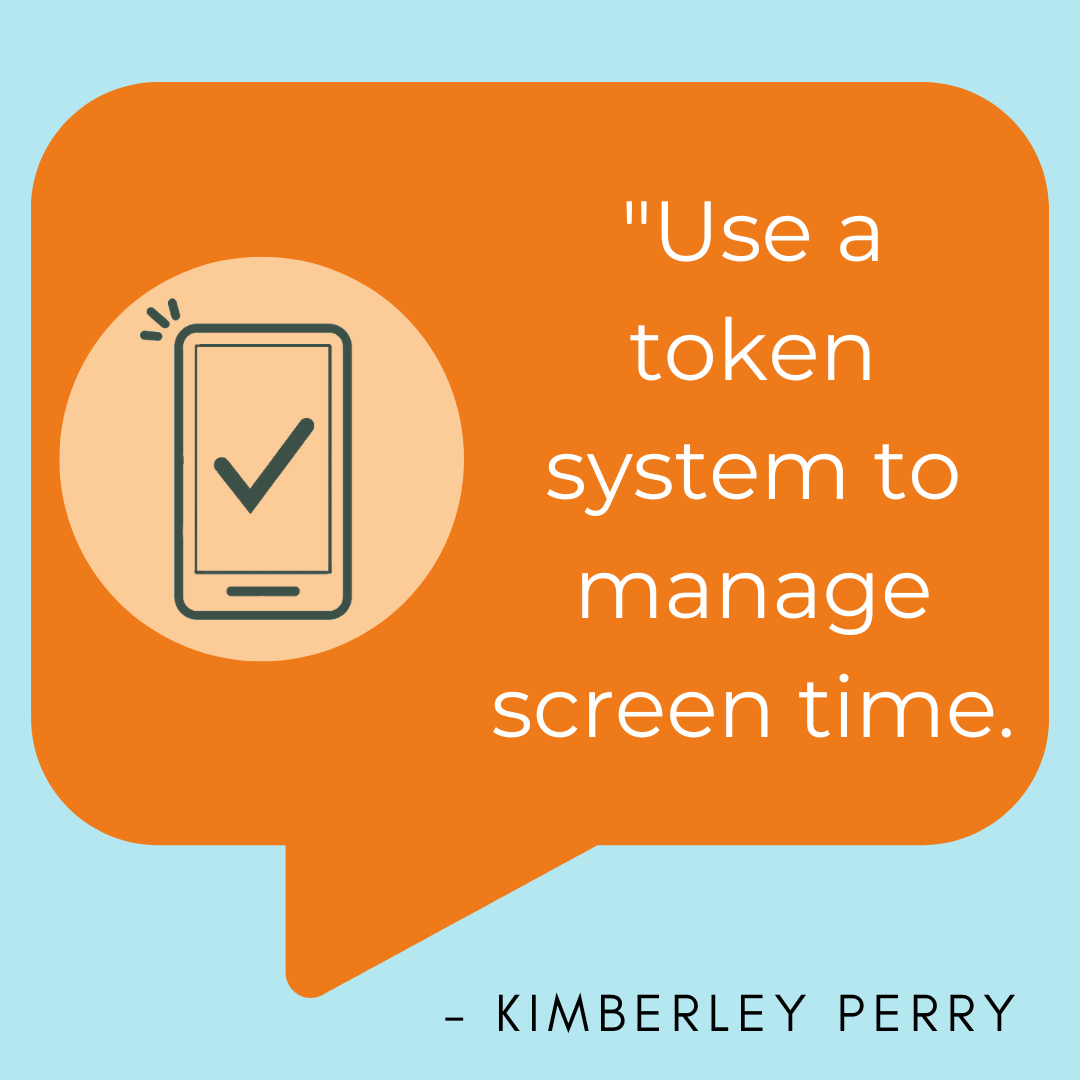
Resources
For more info: We Stand Guard Website

Say NO And Tell: Amazon link
Whats The Big Deal About Pornography: Amazon Link
Show Transcript
Hillary Wilkinson (00:05):
Today's episode deals with important yet potentially triggering material. We will be discussing personal safety and the prevention of child exploitation and sexual abuse. As always, friends, I want you to exercise your healthiest screen habit and please take care of you. If this is a topic that doesn't work for you today, put it on pause, come back later. Please make your best choice for you today.
Hillary Wilkinson (00:35):
Teaching body boundaries and online safety is what We Stand Guard does best. It's a training program designed to educate everyone about preventing child sexual abuse and exploitation in all its forms, whether that be physical or non-physical contact abuse. My guest today is the brains behind the program. As an author and elementary school educator, with over 15 years experience working with children across the country, she has a master of arts and teaching and has taught boundaries and personal safety to over 1000 elementary school students. Today she's going to teach us about body boundaries and online safety for kids. I'm so glad she's here. Welcome Kimberly Perry!
Kimberly Perry, MAC (01:42):
Thank you, Hillary. I'm very happy to be here.
Hillary Wilkinson (01:46):
One of the things that immediately caught my attention from the We Stand Guard program is this use of picture books to open discussion, because the use of picture books is generally used in primary grades. And because we are Healthy Screen Habits, I kinda wanna swing it around to our tech concerns. What is the average age, Kimberly, that kids are being exposed to online pornography?
Kimberly Perry, MAC (02:20):
Well, exposure to pornography can happen when they first have access to the internet and according to the youth internet safety survey published in 2010, the ages when youth were unwillingly exposed to nudity online were 10 to 12 years old is 15%, 13 to 15 year olds, 23%, and 16 to 17 year olds, 28%. However, children are accessing pornography earlier than ever with under tens now counting for one in 10 of the visitors to porn video sites. Children under the age of 10 now account for 22% of online pornography consumption among under 18’s. According to research by the security technology company, (unintelligable), some 10% of the visitors to the porn video sites are less than 10 years old. The internal intelligence from (unintelligable)parental control feature revealed that the site's most visited by children under 10 include xvideos.com, xn xx.com, and pornhub.com.
Hillary Wilkinson (03:35):
Now that we have that age range, when do you recommend that parents start talking to their kids about explicit content or online porn?
Kimberly Perry, MAC (04:07):
Well, like I said, um, at the beginning, when a child first has access to devices and the internet, and I imagine many of us can think of people in our lives where maybe we even see when we're out and about in public infants and toddlers and children and teens having a device, and they're just one click away from pornographic or triple X hardcore content. In fact, uh, one of my friends and colleagues, Kristen Jensen, she's the author of Good Pictures, Bad Pictures. Um, she says that kids can be exposed to pornography in 10 ways, including social media, apps, smartphones, or secret burner phones, video and music streaming services, other kids' devices and homes, grandparents or other family members' homes, online gaming, video game consoles, school VR and AI generated art, quote unquote art. And if it's okay with you, I'd like to reference a couple of historical studies to further, um, explain the idea of talking to our kids sooner rather than later.
Hillary Wilkinson (05:22):
For sure.
Kimberly Perry, MAC (05:24):
So there's a study done in 2007, the University of Washington, Seattle Children's Hospital Research Institute. Um, they found that a large number of parents are ignoring warnings from the American Academy of Pediatrics, and they're allowing their very young children to watch television, DVDs or videos so that by the three months of age, 40% of infants are regular viewers that jumps to 90% of two year olds. This exposure to TV takes away time from more developmentally appropriate activity, such as a parent or an adult caregiver, and an infant engaging in free play with dolls or blocks or cars, or even being out in nature. Mm-hmm. <affirmative>. So while appropriate television and screen time viewing at the right age can be helpful for both children and parents, excessive viewing before age three has been shown to be associated with problems of attention control, aggressive behavior, and poor cognitive development. In fact, early television view viewing has exploded in recent years and is one of the major public health issues facing American children. Yeah. Any thoughts on that <laugh>?
Hillary Wilkinson (06:36):
Yeah. Well, you know, my mind just goes to, you know, the past three years that we've lived through with pandemic and post pandemic. Yes. So many, I think we were, uh, Emily Chichen, who's the Screen Time Consultant, um, has, uh, an analogy that I, that I just love, that, uh, she says, like, during the pandemic, the screens were our lifeboat. Right? I mean, ed, you know, online education, socializing, et cetera, they were our lifeboat. That being said, we weren't meant to live in a lifeboat, so <laugh>
Kimberly Perry, MAC (07:14):
I have a study that's over the last decade, and I know you just spotlighted the last three years, but this is important to look at our history and, and where we've been heading and, and how we can, um, hopefully head in a new direction. But, um, in the study from 2019, Dr. John Hutton, he's a pediatrician and clinical researcher at Cincinnati Children's Hospital, and he evaluated screen time use by infants, toddlers, and preschools, noticing that it had exploded over the last decade concerning experts about the impact of television, tablets, and smartphones on these critical years of the rapid brain development. Right,
Hillary Wilkinson (07:57):
Right.
Kimberly Perry, MAC (07:58):
Um, the study scan the brains of children three to five year olds and found those who use screens more than the recommended one hour a day without parental involvement, had lower levels of development in the brain's white matter, which is, as we both know as educators, key development to language literacy and the cognitive skills. Right. And this is important because the brain is developing the most rapidly in the first five years. That's when the brains are very plastic and they're soaking, soaking up everything, forming these strong connections that last for life. And some of the difficulties coming out of the excessive screen time is children having difficulty to pay attention and think clearly. Increasing the poor eating habits and behavioral problems mm-hmm. <affirmative>, and there oftentimes can be a language delay with poor sleep and impaired executive function, um, and a decrease in the parent-child engagement.
Hillary Wilkinson (08:57):
Right. So it's just kind of multi, it. It seems like this nucleus of excessive screen time viewing just has these tentacles that reach out into all areas of life. Developmentally, I think that is, it's a key thing to look at. Um, bringing it back to kind of what we, what you do at, uh, with We Stand Guard. I, I have a, I have kind of a, a, a mom question for you, <laugh>, and that's that I, I remember taking my kids to a museum in downtown LA and feeling, you know, very good about myself, providing my kids with enriching experiences, exposing them to culture…. only to be brought up very short. When one of my kids stopped, pointed at the large marble statue in front of us <laugh>, and in a fairly loud voice in a quiet museum announced, “Why do they have porn here?” <laugh>. So, so I, you know, you know, you gotta let, it's like kids and animals will always choose the best moments for you, right?
Kimberly Perry, MAC (10:14):
Yes. And if I had seen you in the museum, I would've gone up to you and hugged you and said, “You are a wonderful mom. You've trained your child!”
Hillary Wilkinson (10:20):
<laugh>. Thank you. At the moment I was ready to like, kind of like go underneath the nearest velvet robe and kinda, yes. But, but it kinda brings me back to how do you recommend we define porn, for children? And then can you speak about why definitions are important so you don't find yourself in experiences like my own <laugh>?
Kimberly Perry, MAC (10:53):
Yes, absolutely. So my approach is, let it begin with me. Meaning, let's define this for the grownups first. Mm-hmm. <affirmative> so that we can be on the same page and then head into now how do we put this in a child-friendly way? So pornography is made up of two Greek words. Porn means prostitutes, and graphine means to write about. In today's digital world, we have images of porn in both form and function. So the form or the act, and then the content of porn has changed from words into images, but the function or intention remains the same. In fact, according to Jill Manning, she wrote something called, What's the Big Deal About Pornography? She says, pornography is material specifically designed to arouse sexual feelings in people by depicting nudity, sexual behavior, and any other type of sexual information. It, this can refer to picture stories, sounds, symbols, actions, or words that depict bodies and or sexual behavior.
Kimberly Perry, MAC (11:57):
And I know you've interviewed Gail Dines, she mm-hmm. <affirmative> coined How we Live in a Pornified culture. She says, porn is an aggressive industry. In fact, MindGeek has the pornography monopoly. It's a global conglomerate, and it targets 11 to 14 year olds since they know their brains are still forming and it's highly susceptible to addiction. In fact, they have a response that is four times stronger than adults. Furthermore, Dr. Gary Lynch, who's a neurologist, he says that viewing pornography releases dopamine and adrenaline and surges the reward system causing a similar reaction to your brain as a drug use. Also, oxytocin can cause one to bond with fantasy and reject reality. Addiction footprint on the brain is atrophy and the strite or reward system. And the more viewing per week, the more the brain changes. So as pornography becomes normalized, it's also becoming more explicit, violent, racist, humiliating, and dehumanizing, while focusing on aggressive sexual activity.
Kimberly Perry, MAC (13:01):
Consumption of pornography causes desensitization and order to experience an arousal. And many seek either ever harsher, more violent and degrading images, plus a lot of it's free online. Yes. So pornography is a public health crisis. Um, and according to Strength to Fight. About 88% of scenes in pornographic films contain acts of physical aggression. And 49% of scenes contain verbal aggression. The portrayed abuse and porn scenes very often are real, and many of the porn performers are sex trafficked. Yeah. Yeah. So now that we've established the nature of pornography today for grownups, how do we take all of that and make it child friendly?
Kimberly Perry, MAC (14:08):
Kristen Jensen author of Good Pictures, Bad Pictures. She says, pornography simply is pictures of people without any clothes on, which can make you feel uncomfortable, em embarrassed or sick to your stomach, or also feel exciting, which can be confusing to experience two feelings at the same time. In my Say No and Tell books, I teach kids to guard their eyes from what they see and hear. So examples of non-physical contact, child sexual abuse may include exhibitionism, flashing, voyeurism, exposure to pornography or sexual communication via phone or internet. These are examples that can be used for grooming by an abuser to try and normalize the next steps toward physical contact, child sexual abuse. So, simply put, I explain to kids that nudity or nakedness means a person without clothes. And so if a person tries to show you his or her private parts, including pictures or videos, or talks about private parts and uncomfortable ways, then say “No”, and get away if you can, and tell a trusted grownup.
Hillary Wilkinson (15:17):
Very nice. Okay. So I think let's explore a little bit more of that after the break.
—-Ad Break —---- Gabb Wireless
Hillary Wilkinson (00:06):
I'm speaking with Kimberly Perry, the founder of We Stand Guard; an organization whose mission is to educate, equip, and empower. They work to educate children and grownups about preventing child abuse, equip communities with boundaries and personal body safety strategies, skills and tools, and empower everyone to talk about personal body safety so kids are safer. This concept of safety is one that gets visited again and again on the We Stand Guard website. And even their logo, which is this shield with the head of a lion on it, kind of like embodies protection and safety. Kimberly, can we kind of go back to some of the definitions that we were talking about, about just like what you're protecting kids from and safety online type stuff. So let's talk a minute about like, what is child sexual abuse? How do you help kids understand the definition and how it can reach them online?
Kimberly Perry, MAC (01:26):
That's a great question. Uh, as a health educator, uh, we call it personal safety, which includes both physical and non-physical contact, child sexual abuse. So healthy screen habits and personal safety intersect because when a child or teenager sees pornography, that is a form of child sexual abuse and can be traumatizing. So before we, um, move on to other things, let's define child sexual abuse. A sample definition for grownups is any contact or interaction, whether it's visual, verbal, or psychological between a child minor and an adult, or between two minors when a child or minor is being used and one exerts power over another with force coercion or persuasion for the sexual stimulation of the perpetrator or any other person. A sample definition for children of child sexual abuse could be something like this. Someone older or bigger tricks or makes a child have physical touch with either one's private parts or non touching interactions like seeing pictures or hearing uncomfortable words about private parts.
Hillary Wilkinson (02:43):
Hmm. Yeah. Now I like, and I like, um, how you, you kind of interject that element of it, there being some trickery perhaps involved, you know, so
Kimberly Perry, MAC (02:57):
Yes, that's part of the grooming process and often the online pornography is part of, can be part of the grooming process to normalize it as steps towards physical contact, child sexual abuse.
Hillary Wilkinson (03:12):
Ah, yeah. Okay. So it seems like whenever we're practicing safety in like any variety of settings, it usually involves practicing an act. Like I can remember being on like a cruise ship. And the first thing we did was practice, practice assembling at lifeboat stations, you know, or every, every flight you ever board the flight attendants review and practice safety instruction. So we all know how to put those yellow oxygen masks on. And I'm just wondering what type of practice do you recommend that we, teach kids or give kids to do when they find themselves confronted by images that they don't wanna see online?
Kimberly Perry, MAC (04:06):
So I like to teach the five steps, um, and it's, I like to, as a health educator, we really like to emphasize rehearsing and role playing, um, any kinds of personal safety actions since it's not a matter of if, but when a child may experience a questionable situation. So step one is say no, step two is get away or look away if you can. Step three is tell someone step four, keep telling until it stops. And step five is take a stand. And I, I actually, um, oh, and something to really double, triple underline is it's key to emphasize, to keep telling as many people as it takes until someone believes you and gets you the help you need or makes it stop. So here's the jingle, um, that I made for kids. Remember to say no and get away if you can tell someone and keep telling until it stops. Take a stand.
Hillary Wilkinson (05:07):
Oh, I, I kind of want you to sing it if it's a jingle, Kimberly
Kimberly Perry, MAC (05:12):
Well, okay, I'll call it a poem.
Hillary Wilkinson (05:17):
I'd like a little karaoke, please.
Hillary Wilkinson (05:24):
It is amazing how those little, you know, pneumonic things that get implanted early on in life, like how many, you know, I know like if you ever get a spark on you or if you ever like catch on your clothes, catch on fire. “Stop, drop and roll!” You know, I love that kind of implanting like a jingle or a poem because it's, when you're in that very scary moment, it's kind of that voice that comes in and goes, “Oh, this is what you do!” You know? So you get to, you teach action by doing that.
Kimberly Perry, MAC (06:05):
Yes. And like you, uh, referenced, we teach kids and young people fire safety, traffic safety, water safety, people safety. And we are advocating for internet safety as well as personal body safety as something that our society unfortunately needs today. And, and pornography and early access to internet exposes and increases the risks for young people. And depending on how young the child is, you don't even need to get into reproduction. Mm-hmm. So at, at the, at the right age, you can bring that in, but boundaries and body safety can begin from infancy to toddler all the way through. You just look for those teachable moments. Um, for example, uh, I had a friend where she brought her two little girls over and we went swimming at our community pool and the bathroom was, uh, unaccessible. And so we told the little girls we're like, okay, this is a private moment and we're gonna hold up a towel around you.
Kimberly Perry, MAC (07:11):
And so they changed. And, um, or you know, when kids are looking online, uh, you are teaching them about the filters or about the passwords or about, you know, having a community, uh, computer or in the family room where, so you, you're putting in these measures so that kids are understanding that boundaries not only have to do with my physical body, but with my eyes and what I see and what I hear as well. And then secondly, you had mentioned about, uh, the shock of it all when a child sees pornography or someone tries a questionable encounter with a child, our brains function where the amygdala kicks in and it's flight or flight, and these jingles and these slogans, in fact, I have a bunch I could read off if you'd like. These are the things that can help hopefully override the amygdala and move us out of fight or flight so that we can be in the frontal lobe and solve this problem and take some action steps to protect ourselves.
Hillary Wilkinson (08:16):
Yeah. Yeah. Do you have two or three of your favorites?
Kimberly Perry, MAC (08:21):
Sure. So kids will learn and they can firmly say it with a firm voice and you practice saying it back and forth out loud to each other. They can say things like, “my body belongs to me.” “I decide who gives me safe touches.” Notice the uh oh feeling” “guard my eyes and ears from hearing unsafe and seeing unsafe things about private parts.” Mm-hmm. “Say no to anyone trying unsafe touches with private parts”, “telling is not tattling”.
Hillary Wilkinson (08:50):
Yeah. Yeah.
Kimberly Perry, MAC (08:51):
“Tell a safe grown up no matter what.”
Hillary Wilkinson (08:54):
Yeah. And I, I love that you, um, you emphasize tell and keep telling until you get help. Because I think there is sadly enough stories that we've heard that, you know, somebody heard something, but they kind of like, you know, they were thinking like, oh, maybe they were just, maybe the kid was just playing or, you know, and didn't take it seriously. But it's, I like the, I like the reiteration of tell and keep telling, find other safe adults, like somebody will help you.
Kimberly Perry, MAC (09:32):
Yes, only 4 to 7% of stories from young people are fabricated and only 40% of children tell. Yeah. And so it's important to begin with, uh, coming from the place of believing the child that, that when they say, I saw pornography or someone showed me someone naked, or, uh, someone tried this unsafe touch, it's important to begin from that place of “I believe you”.
Hillary Wilkinson (10:21):
Yeah, yeah. Assuming positive intent and assuming Yeah. And, and assuming that truth is being told. Yeah. Yeah. So knowing that, you know, I mean body curiosity is normal and these sexual images, like you referenced in Kristen Jenssen's definition, that it can be exciting or compelling. How do we get kids to buy in -to what we're asking them to do, which is to turn away?
Kimberly Perry, MAC (10:54):
So as an educator, as you know, one of the things that we emphasize in a real strong classroom lesson and to really meet those learning objectives and the outcomes is we find ways to connect to a child's real world when they're learning new content. Since our, our brains, everyone's brains build on what we already know. And so, for instance, in the Say No and Tell books the way have it laid out, and this is something that could be rec replicated and is in an as an outline, whether it's a young child or a teenager, I begin with a story and the kids read through a story about body safety with a three phase approach, and it teaches the basics of health, wellness, and safety for kids. And then the second piece is they will role play eight real life scenarios. I researched what an abuser might try, and I found eight different tactics and I turned them into eight positive life skills. Mm-hmm. So, uh, and you'll notice that all of these will go throughout our lifetime will be beneficial. So we all need to know about; What is privacy, A private moment, Guarding our eyes, Guarding our ears, What's the difference between gifts versus bribes, Safe versus unsafe secrets and Self-care and Online safety. So all of this information and this approach will connect to the real world of a child or a teenager.
Hillary Wilkinson (12:25):
Hmm. Yeah. And teach him the importance of that, setting those boundaries or what, what is comfortable for them and others.
Kimberly Perry, MAC (12:37):
Yeah. Because when they're young, they do the parallel play or, uh, or they look in the mirror and they can't, they don't know the difference that that's somebody else, or they don't know the difference from their mom or their caregiver. And they're a big part of the growing up is that individuating and realizing I have human agency mm-hmm. <affirmative> and my body belongs to me. And a boundary can be thought of as a gate with a door that opens for good things to come in and closes for bad things to stay out.
Hillary Wilkinson (13:07):
I like that visual. I like that visual a lot.
Kimberly Perry:
I read this book recently called Essentialism by Greg McEwen, and he shared a brilliant technology token system, which leads to my number one healthy screen habit tip. If you are ready for it.
Hillary Wilkinson (14:39):
Not quite yet. We have to take a break, but I'll ask you for it right after we come back, <laugh>.
—---Ad Break—----988 Suicide and Crisis Lifeline
Hillary Wilkinson:
So we're back. I'm talking with Kimberly Perry, founder of; We Stand Guard, an organization that teaches boundaries and personal body safety so everyone can help prevent child sexual abuse. Before the break, she left us on pins and needles, so with, with, uh, with a reference to a book. And she said she was going to feed it right into her healthy screen habit. Can you kind of remind us what you were talking about and lead us in?
Kimberly Perry, MAC (15:22):
Yes. I read this fabulous book called Essentialism by Greg McEwen, and he shared a brilliant technology token system. And it goes like this. You give the children 10 tokens at the beginning of the week. These could be traded in for either 30 minutes of screen time or 50 cents at the end of each week, adding up to $5 or five hours of screen time a week. If a child reads a book for 30 minutes, he or she would earn an additional token, which could also be traded in for screen time or for money. So the results he found were incredible overnight, the screen time went down 90%. The reading went up by the same amount and the overall effort that they had to put into policing the system went way, way down. So in other words, the non-essential activity dramatically decreased and the essential activity dramatically increased once a small amount of initial effort was invested in to set up the system.
Kimberly Perry, MAC (16:22):
It worked without friction. The key is to start small and encourage progress and celebrate the small wins.
I recently had a sleepover with my 11 year old triplet nephews at Grandma and Grandpa's house. And one of the first things the boys asked when they stepped through the door is, “Hey, do you guys have any good books to read around here? We're earning tech time.” So I was able to continue reading Judy Bloom series to aloud the Tales of the 4th Grade Nothing. And now we're into Super Fudge, we're laughing our heads off and they even shared with my brother, who is my, um, their dad about the funny parts as we were all laughing a lot.
Hillary Wilkinson (17:40):
I love that you're taking the time to still do read alouds with 11 year olds. Cause now a lot of people drop read alouds once we g once we get into chapter zones. And I just think it's such an opportunity for connection and like you said, like the theatrics and all of that <laugh>
Kimberly Perry, MAC (17:58):
Oh yeah. As a fourth and fifth grade teacher in the classroom, I definitely did read alouds with the kids, usually to end the day just to bring everybody in. It calmed us all down and got us ready to line up for walking home or going on the bus. Yeah. And as you know, at the end of the school day, it's, um, you do all you can to <laugh> get everyone safely out the door. Exactly. So we're all, we're all ready <laugh>.
Hillary Wilkinson (18:24):
Okay. Well excellent. To find a complete transcript of this show as well as links to We Stand Guard and any books mentioned, go to this episode's show notes on healthyscreenhabits.org. You what you're gonna do is you're gonna go to the website, click the podcast button and scroll down to find this episode. Kimberly, thank you for standing guard so many of these years for giving voice that those who may not feel like they have one. And for all of your continued work that you do to protect kids.
Kimberly Perry, MAC (18:59):
Thank you. I'm happy to be here. Glad we could share this time together.
About the podcast host, Hillary Wilkinson
Hillary found the need to take a big look at technology when her children began asking for their own devices. Quickly overwhelmed, she found that the hard and fast rules in other areas of life became difficult to uphold in the digital world. As a teacher and a mom of 2 teens, Hillary believes the key to healthy screen habits lies in empowering our kids through education and awareness.
Parenting is hard. Technology can make it tricky. Hillary uses this podcast to help bring these areas together to help all families create healthy screen habits.
